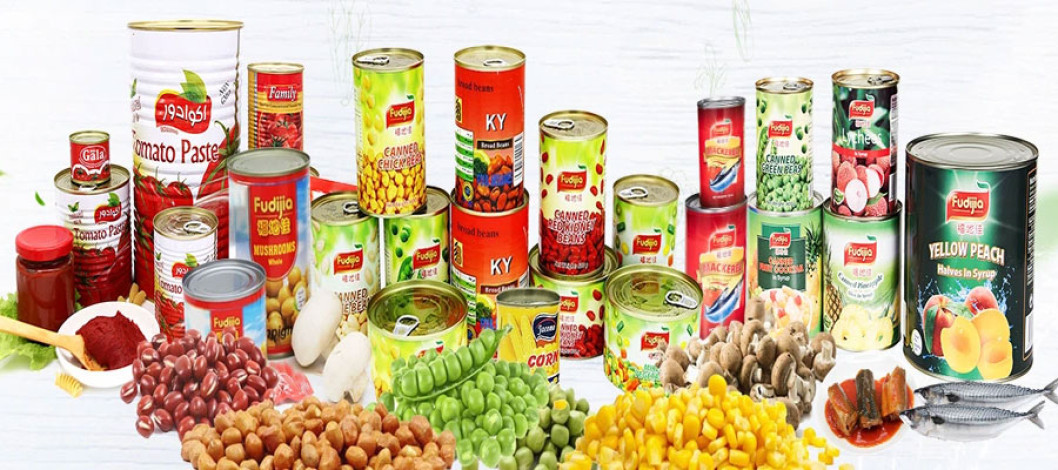
File Photo
UC Davis Study Published in the Journal of the Science of Food and Agriculture
The 2005 Dietary Guidelines urge Americans to increase their fruit and vegetable intake regardless of type (canned, frozen, fresh, and dried), yet Americans are far from meeting fruit and vegetable goals. Exclusively recommending one form of fruit or vegetables over another ignores the benefits that each form provides and limits consumer choice.
Key Study Findings Include:
A diet should include a variety of fruits and vegetables. Fresh, frozen, and canned foods each contain important nutrients and contribute to a healthy diet. For some nutrients, canned products were higher than fresh. By the time food is consumed, fresh, frozen, and canned fruits and vegetables may be nutritionally similar.
Canned
The canning process locks in nutrients at their peak of freshness, and due to the lack of oxygen during the storage period, canned fruits and vegetables remain relatively stable up until the time they are consumed and have a longer shelf-life.
Fresh
Eat fresh fruits and vegetables as soon as possible. Some fresh vegetables, such as spinach and green beans, lose up to 75% of their vitamin C within 7 days of harvest, even when held at the recommended refrigerator temperature.
Frozen
Frozen products are also packed at their peak of freshness. Frozen fruits and vegetables may be more nutritious in some cases if stored for short periods of time under well-controlled temperatures.
Source: Email/GFMM
Comment Now